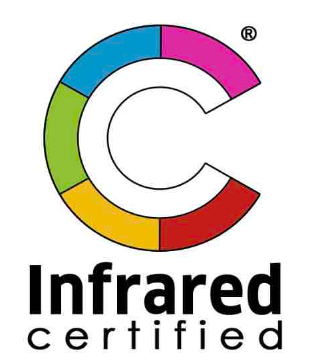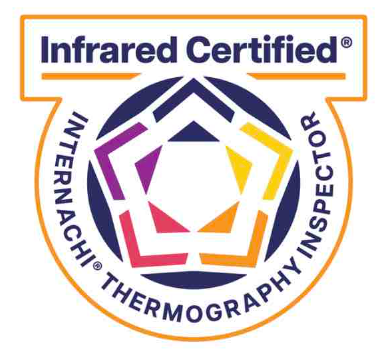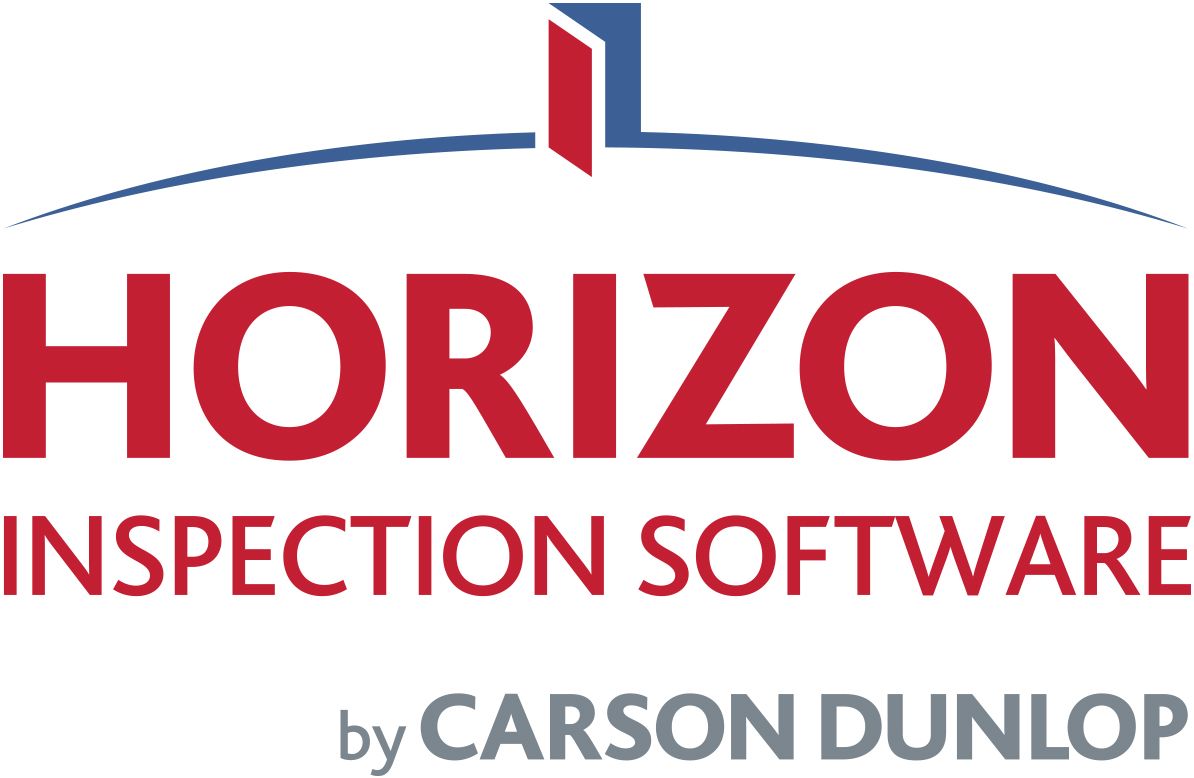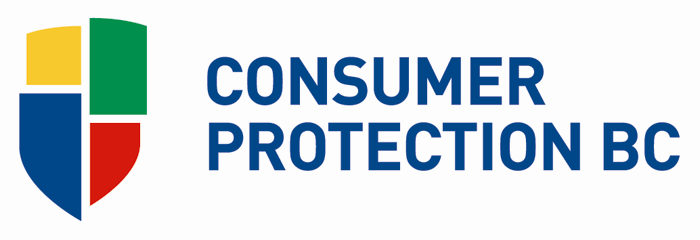Radon Gas Testing
QUALIFIED HOME INSPECTOR! SERVING PRINCE GEORGE AND SURROUNDING AREAS.
Certified Home Inspector
Radon Gas Testing
Priority Home Inspections provides Radon testing in Prince George and surrounding areas. Radon gas is a colorless, odorless, and tasteless carcinogenic gas that can build to hazardous levels in homes contributing to lung cancer.
1. Health Risks:
- Lung Cancer Risk:
- Radon is the leading cause of lung cancer in non-smokers and the second leading cause overall.
- Silent Killer:
- Radon is an odorless, tasteless, and invisible gas, making testing crucial.
- Long-term Exposure:
- Prolonged exposure to high levels of radon can significantly increase the risk of lung cancer.
2. Importance of Testing:
- Not Detectable Without Testing: The only way to know if a home has elevated radon levels is through testing.
3. Benefits for Sellers:
- Proactive Approach: Testing before selling demonstrates a responsible attitude and can be a selling point.
- Healthy Home: Testing ensures the home is safe and protects the health of the occupants.
- Varying Levels: Radon levels can vary greatly, even between neighboring homes.
- Testing is Simple: Radon test can be completed in 3 months and are non invasive.
- Long-term vs. Short-term: Both short-term and long-term tests are available, with long-term tests (3 months or more) providing a more accurate representation of average radon levels.
- Avoid Negotiations: Addressing radon issues proactively can prevent potential price reductions or holdbacks for testing and mitigation later.
- Increased Marketability: Homes with low radon levels are attractive to buyers.
- Peace of Mind: Knowing radon levels allows buyers to make informed decisions.
- Avoid Future Problems: Addressing radon issues early on can prevent costly mitigation efforts later
Home Inspections Available, Call (778) 349-1178
Radon gas is the leading cause of lung cancer in non-smokers and is responsible for over 3,200 deaths per year in Canada.
Radon can enter your home through gaps, cracks, and voids in basement slabs. Sump pits, as well as voids beneath furnaces installed before basement slabs were poured, can also be significant Radon entry points.
Radon gas tends to build to higher levels in winter when doors and windows are kept shut to trap heat, inadvertently trapping Radon gas as well.










